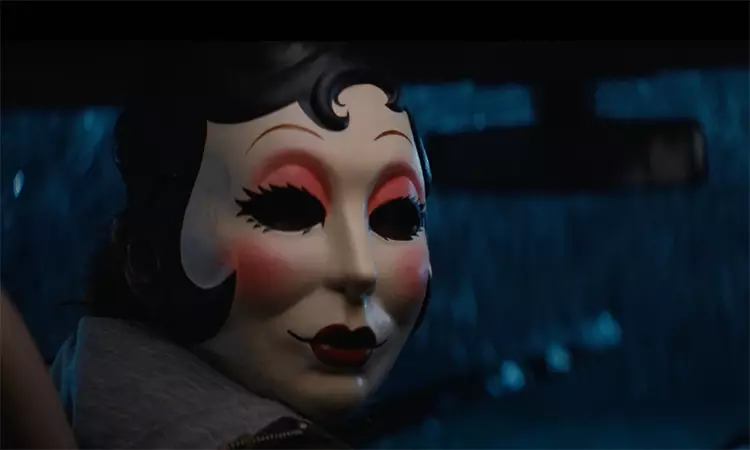In 2008, horror enthusiasts were introduced to a chilling sensation with the release of *The Strangers*. This groundbreaking film, featuring Liv Tyler and Scott Speedman, left an indelible mark on the genre thanks to its minimalistic storytelling and suffocating atmosphere of dread. Its premise was deceptively simple: a couple on a serene getaway finds their lives turned upside down by a trio of masked intruders. However, it was the psychological tension and the fear of the unknown that rattled audiences, establishing it as a classic that resonated with viewers on a primal level. Fast forward to today, director Renny Harlin is set to reinvigorate this narrative with a daring trilogy, expanding on the terror that haunted the original story.
Harlin, noted for his expertise in crafting suspense through films like *Cliffhanger* and *Deep Blue Sea*, has a bold vision for revisiting *The Strangers*. He describes his approach as a “four-and-a-half-hour epic” that delves into the motivations behind such horrific acts, ultimately exploring the plight of the victims. This ambitious endeavor is framed within a new horror trilogy, with *The Strangers: Chapter 1* leading the pack, featuring newcomers Madelaine Petsch and Froy Gutierrez. Their portrayal of a couple grappling with life-threatening danger in a secluded cabin continues the exploration of fear and vulnerability, a core element that made the 2008 feature so compelling.
The trailer for the sequel unveils a prime tease for dedicated fans, concluding with the haunting phrase, “Is Tamara home?” This enigmatic line, originating from the original film, promises answers regarding the character of Tamara, a figure shrouded in mystery since the first installment. Harlin has hinted that while they will resolve some lingering questions, the narrative will not wrap everything into a neatly tied conclusion. This philosophy aligns perfectly with the ethos of horror—sometimes, it’s the unanswered questions that keep the audience on edge.
Petsch’s deep-rooted enthusiasm for the original film infuses *The Strangers: Chapter 2* with additional layers of authenticity and passion. Her confession that *The Strangers* is one of her all-time favorites illustrates how deeply the film has resonated across generations, transcending mere entertainment to become a rite of passage for horror aficionados. Her personal anecdotes about watching the film in solitude out of childhood fascination only reinforce the emotional connection many feel toward the franchise.
Moreover, Petsch’s remarks about her love for being genuinely scared point to a key aspect of horror: the thrill of fear. The genre isn’t merely about jump scares or gore; it’s about analyzing our own vulnerabilities and confronting the primal fears that lurk within each of us. This self-aware approach indicates a promising direction for the trilogy—one where the survival themes take center stage while paying homage to its roots.
As the horror landscape continues to evolve, the reception of *The Strangers: Chapter 2* carries significant potential within the genre. Joining Petsch are other notable talents, such as Gabriel Basso and Ema Horvath, who are destined to contribute their own unique flavors to this horror stew. Though the release date remains under wraps, anticipation is mounting among fans eager to see how Harlin breathes new life into the storied franchise.
What truly sets *The Strangers* apart is its exploration of vulnerability, consequences, and the unpredictable nature of humanity. As Harlin’s trilogy unfolds, it promises to probe deeper into the darkness lurking in human relationships and the terrors that dwell within the subconscious. Perhaps, if done right, this evolution could pave the way for a new paradigm in horror, inviting audiences not only to cower in fear but to reflect on what truly scares us—both in fiction and in reality.
The future looks bright for *The Strangers* as Harlin embarks on his ambitious trilogy. The anticipation for the next chapters of this chilling saga is palpable, ultimately reminding viewers that sometimes, the most terrifying tales stem from real-life fears.

